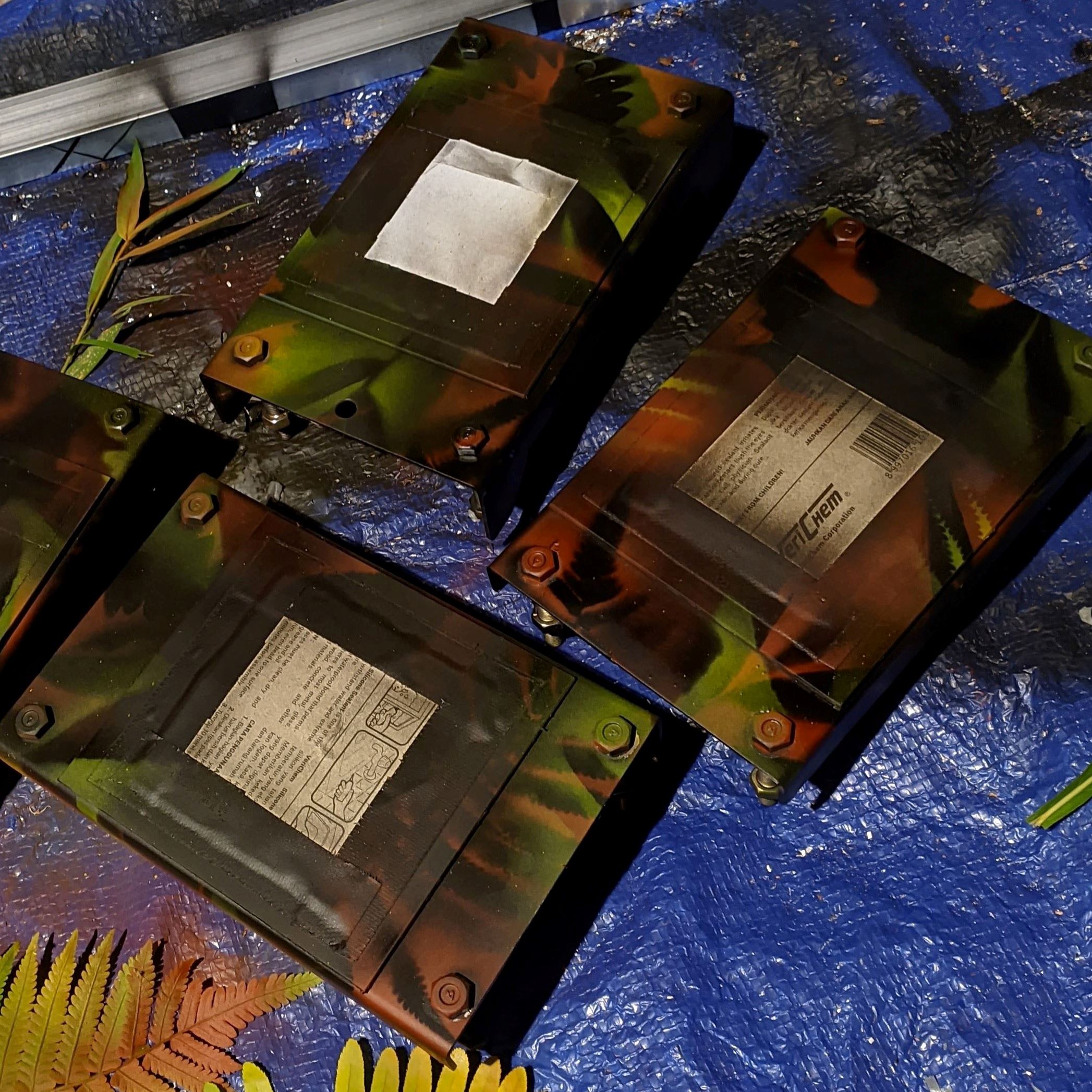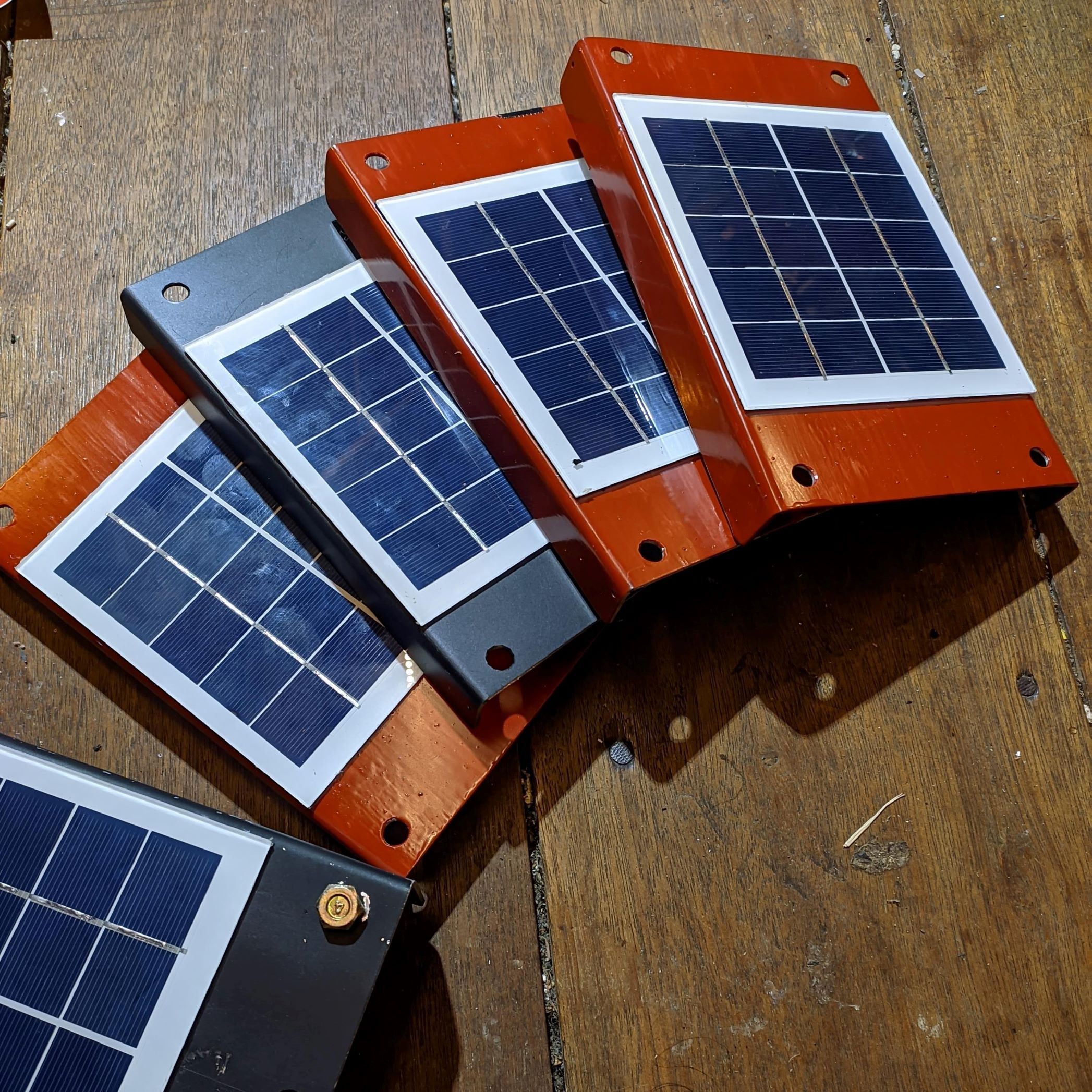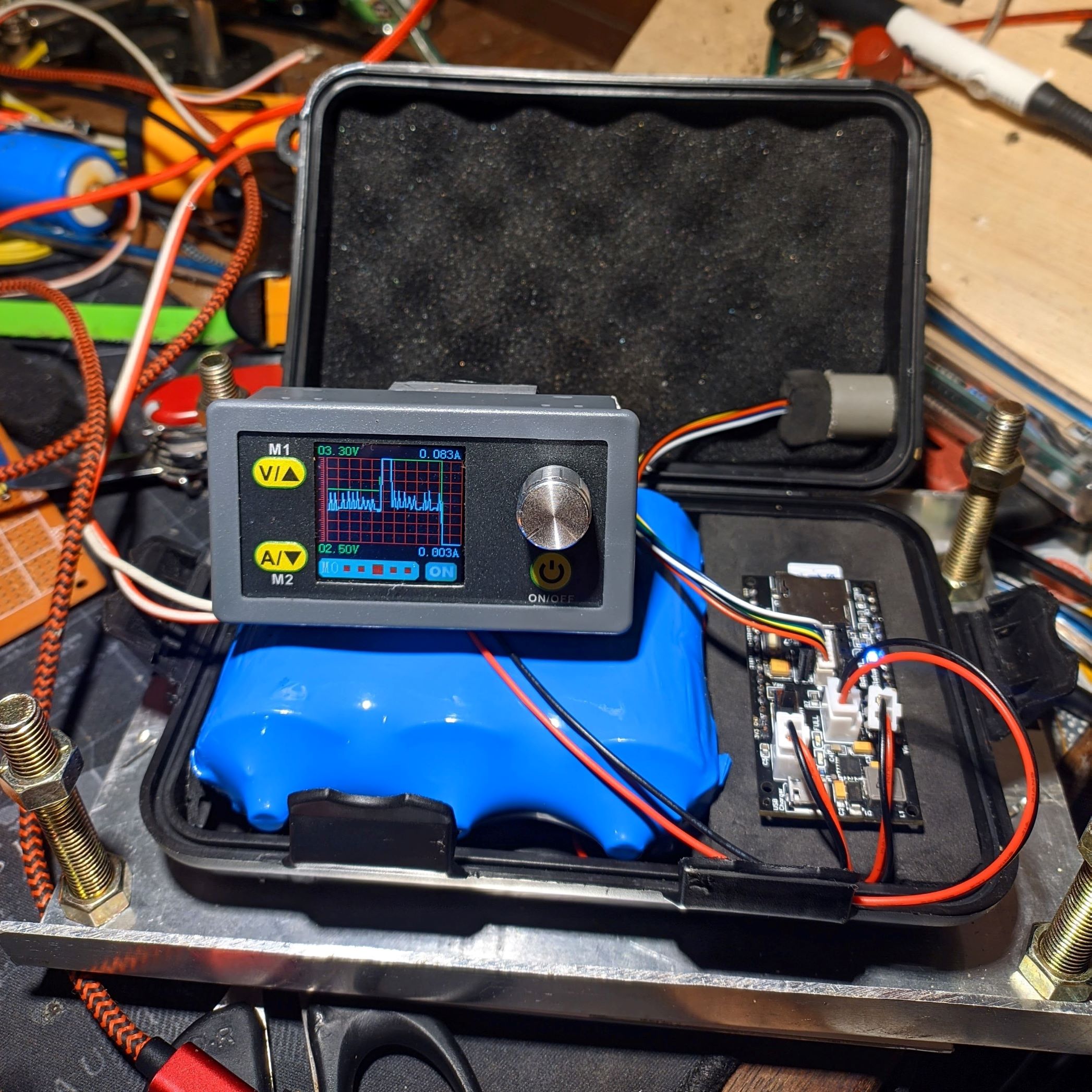Modern technology is revolutionising the way we practise conservation, including the way we track and monitor species such as Sumatran elephants.
In dense jungles across Borneo and Sumatra, the last refuges for Critically Endangered Sumatran and Bornean elephants, a small team of scientists, tech engineers and university students are developing and testing a revolutionary elephant monitoring system. The Elephant Locator - or ELOC for short - is recording elephant vocalisations in order to detect and track elephants in the jungle.
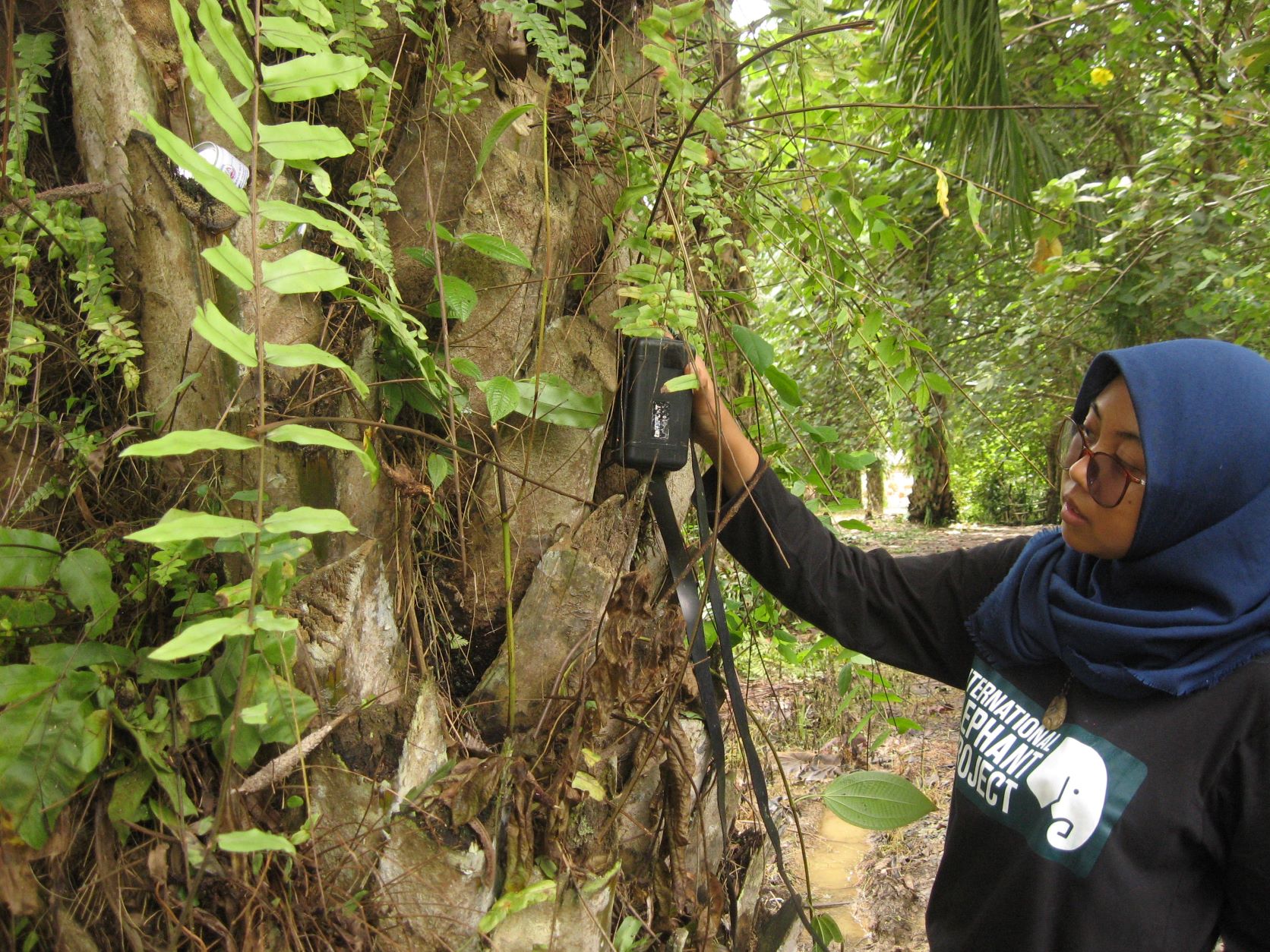
Above: Research assistant Nabila installing an ELOC recorder on a tree
This project is a collaboration between researchers and developers from Colombo University in Sri Lanka, Gadjah Mada University in Indonesia, and other partners in Indonesia. The innovative hardware and software has been developed by a team from Sri Lanka and Indonesia, supported by our IEP Field Manager Dr Alexander Mossbrucker. While the final goal of the project is a peaceful coexistence between people and Asian elephants, the immediate goal is to develop an automated, vocalisation-based elephant detection system that can be used to support anti-poaching and human-elephant conflict mitigation measures.

Above: Stephan soldering ELOCs in the workshop before testing in the field
In total, 28 field-ready devices have been tested extensively in Sumatra and Borneo. The team has recorded elephant vocalisations in a number of different locations, with more than 3,000 elephant sound records labelled and analysed. They’ve discovered that, using their recording devices designed for the jungle, some elephant vocalisations, especially low rumbles, can be detected from over 500 metres away. This is a good sign that the devices will be able to detect elephants over a long distance and can be used soon in the jungle.
Why do we even need to record elephant vocalisations?
One of the key causes of elephant deaths is from human-elephant conflict, which usually occurs when elephants emerge from fragmented jungle and enter human villages and farms. They destroy crops, often trampling villagers’ huts, and occasionally even killing humans. Villagers can become afraid and fight back, seeking to defend their crops and farms.
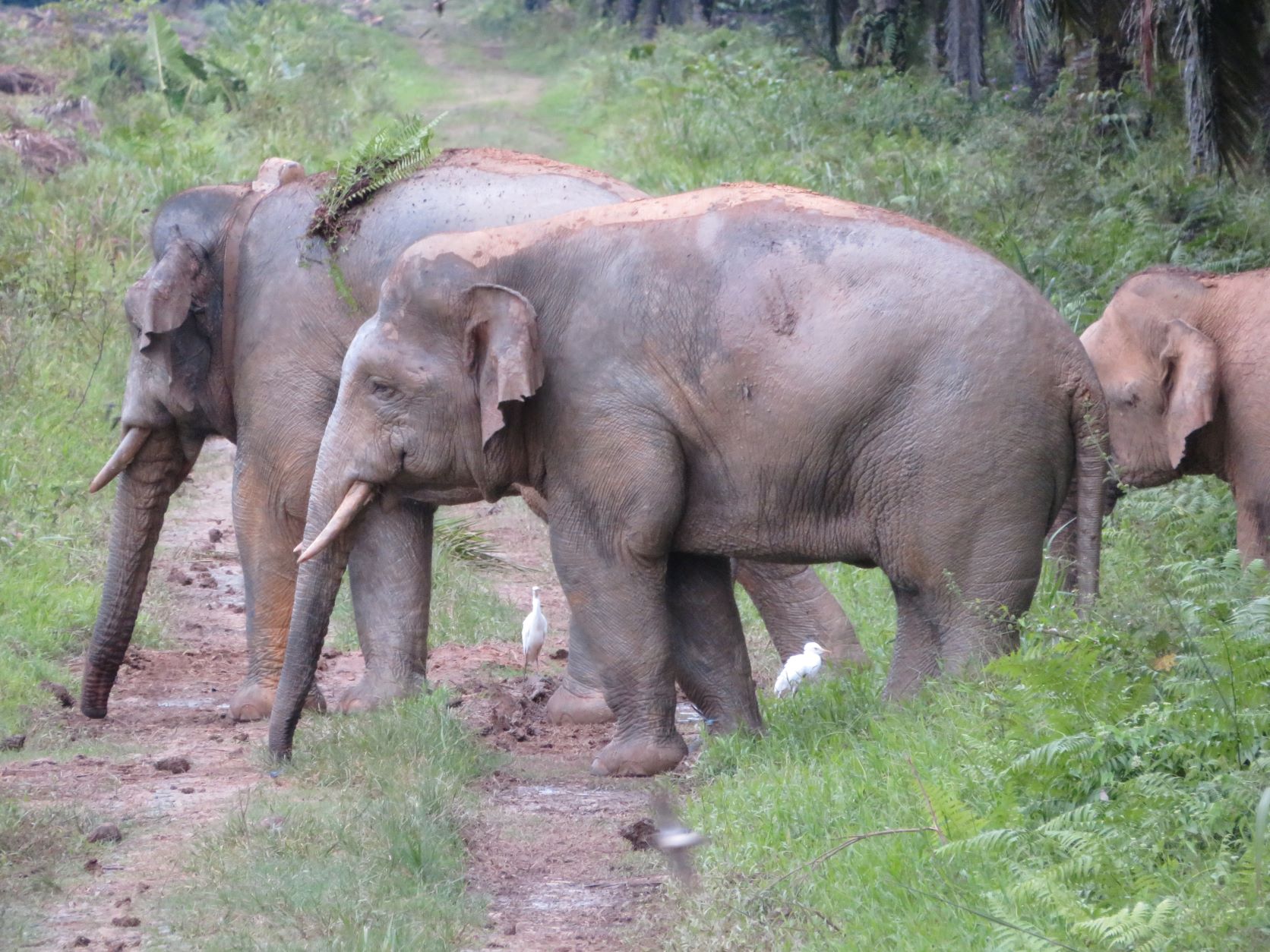
Above: Bornean male elephants at the edge of an oil palm plantation in the Lower Kinabatangan
However, over the years we’ve been able to reduce human-elephant conflict through the use of GPS collars, which are placed around the neck of one elephant in each herd. The collars provide our rangers and community workers with data about the movement of elephants, even allowing us to predict where they might travel next. We can then warn communities, provide them with noise makers that make loud sounds that scare the elephants back into the jungle, and we can support them to put up electric fences that protect their crops. The GPS collars are a huge step forward in protecting elephants, but they need to be replaced regularly, which is quite difficult to do in the dense Sumatran jungle. In addition, because the elephants need to be immobilised in order to exchange the collars, there are risks involved. Hands-on work with large wildlife always bears a risk, and this was one of the main motivations to look for a non-invasive alternative.
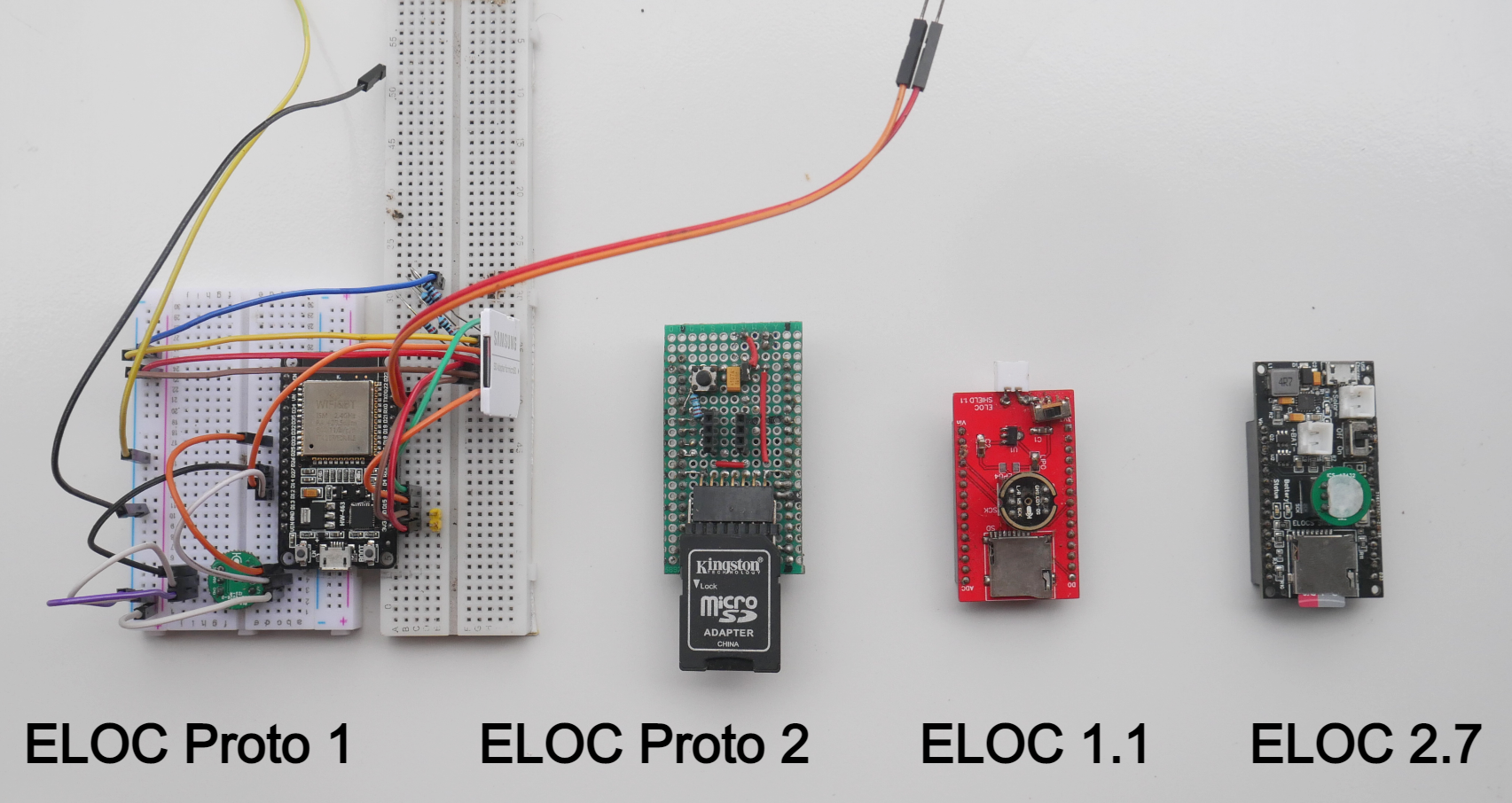
Above: ELOC evolution over 18 months
The Elephant Locators could revolutionise the current method of tracking elephants, either taking its place altogether for some herds, or at least reducing the need for GPS collars. Together, these two methods, along with drone technology to view elephant herds, will improve our ability to understand elephants and their movements, which will ultimately improve their safety and prevent conflicts with communities.
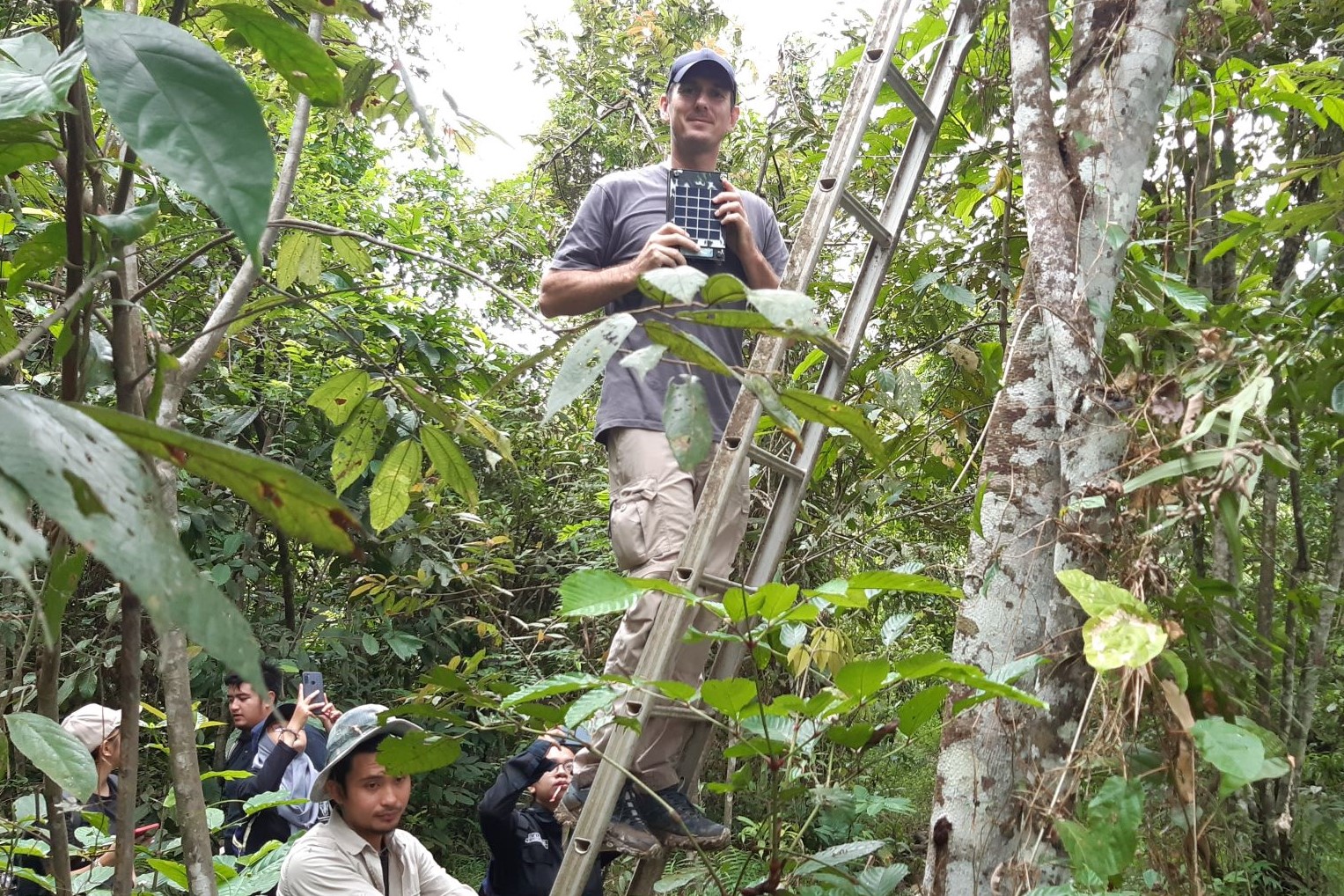
Above: IEP Field Manager Alex deploying the first ELOC in Malaysia
Women the emerging leaders in the ELOC Project
Since the start of the project, we’ve worked with university students from Gadjah Mada University (UGM), many of whom were young women finishing their bachelor degrees by conducting research in elephant bioacoustics. Two of these previous students (Giot and Nabila) are now employed by the ELOC project as research assistants following their graduation last year. Both gained much experience in elephant bioacoustics during their final bachelor year, and they are now an important part of the ELOC project team.

Above: Research assistants Giot (right) and Nabila (left) in Malaysian Borneo with their supervisor Dr. Imron
In addition, another student, Anindyra Aishahrani, received training from Giot and Nabila in preparation for her bachelor thesis project on the ELOC project. Then in late 2022, ELOC project team members including Giot and Nabila travelled to Malaysia to kick start a new project component in the Lower Kinabatangan area, in Malaysian Borneo. This field work is being carried out in cooperation with elephant researcher Dr. Nurzhafarina (Farina) binti Othman and her organisation Seratu Aatai. Seratu Aatai means ‘Solidarity’, an organisation Farina founded in 2018 with a vision for people and elephants to live in harmony. Our research assistant in Malaysia, who is working for the ELOC project under Farina’s supervision is Valrelyn Heiron, another young female scientist!
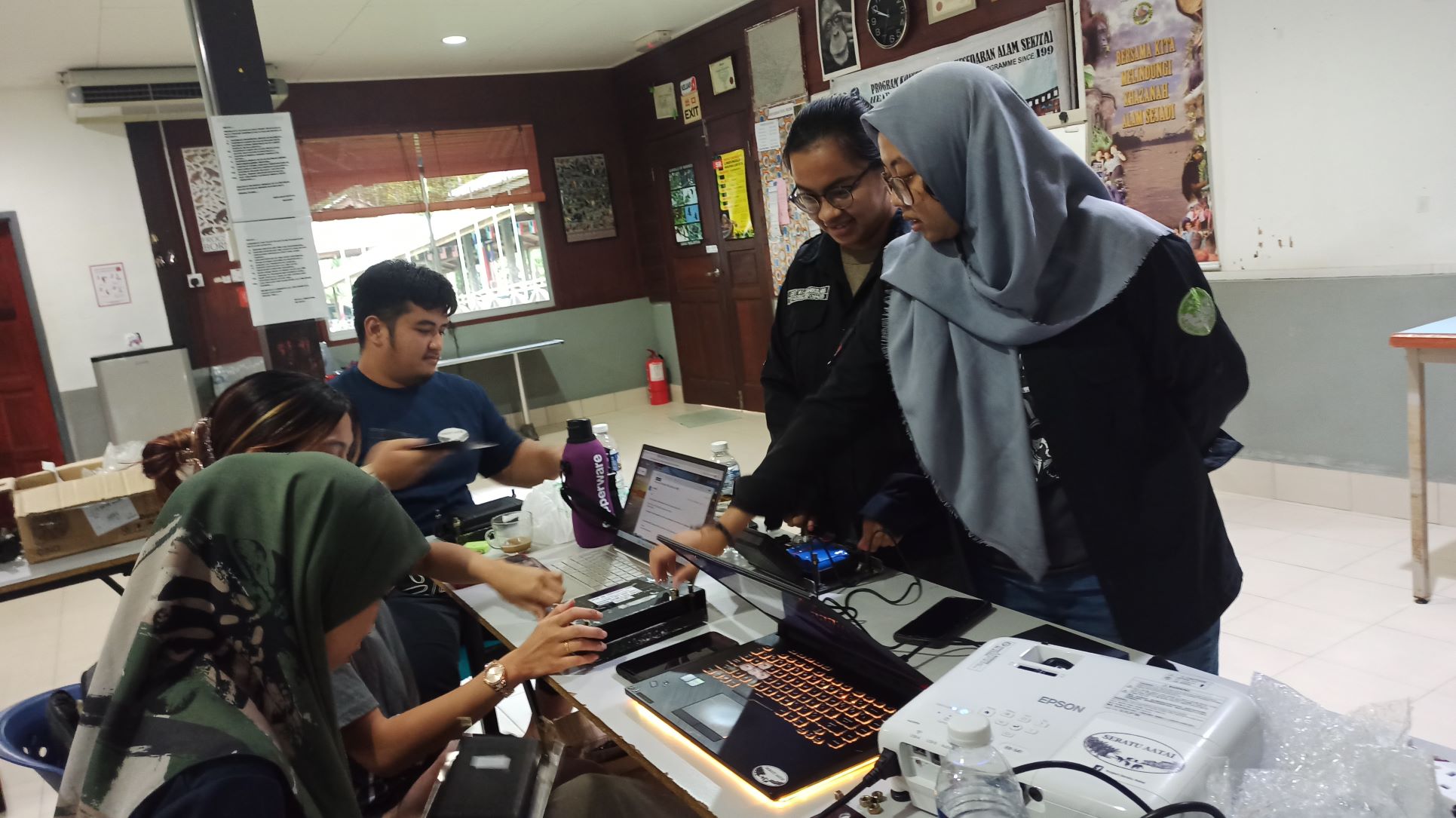
Above: Giot and Nabila (both standing) provide ELOC training to project partners Seratu Aatai and Hutan
The exciting next step is to refine the machine learning/AI in the recording devices. A number of AI models have been created and trained, but further improvements and possibly different approaches will be necessary to realise the reliable real-time monitoring system that works on low-power and low-cost devices in challenging field conditions. The great news is that the simple models the team has created are already delivering relatively good results. We are very hopeful that we will be able to test a solid, reliable full model very soon.
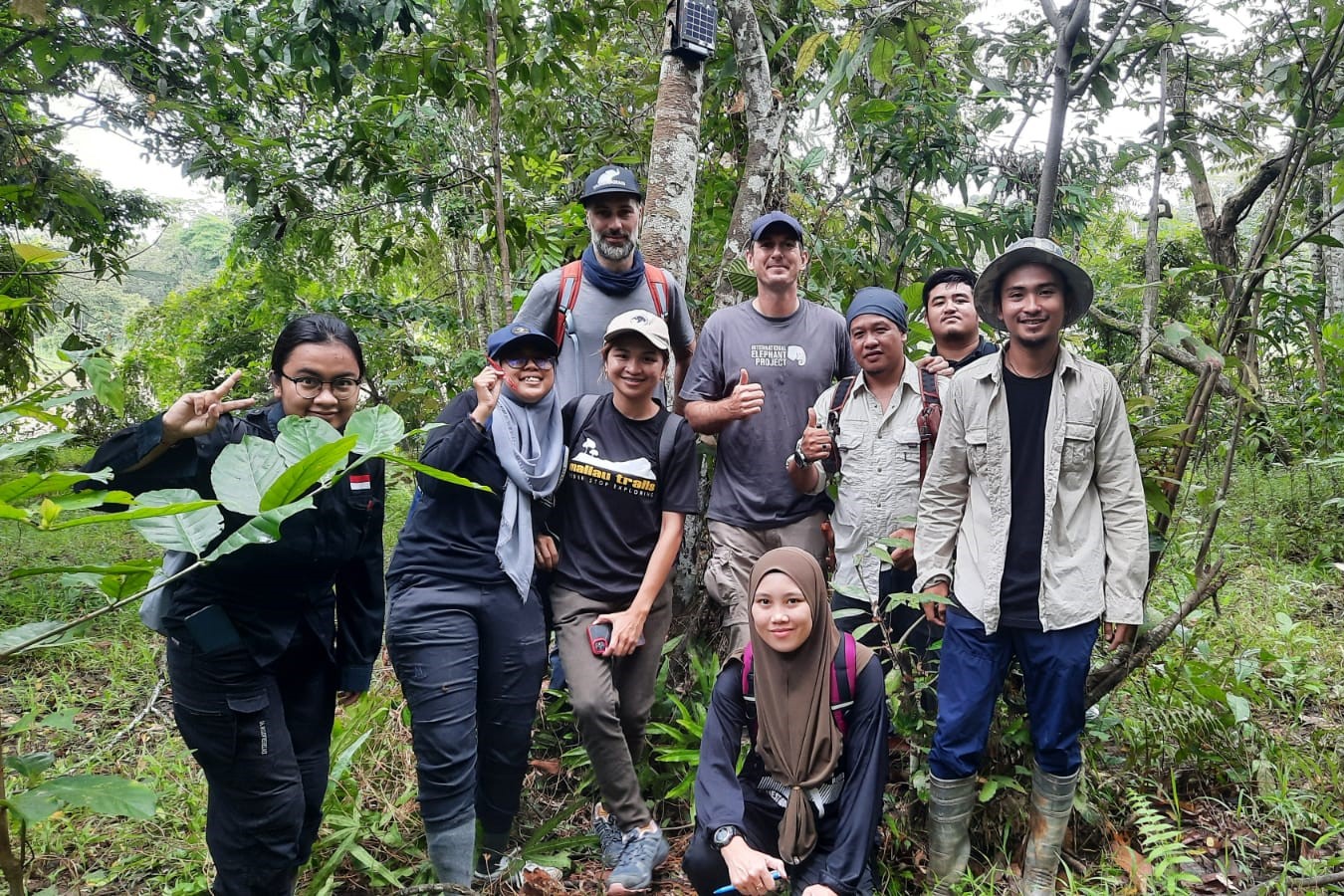
Above: The team after successful ELOC installations in the Kinabatangan region in Malaysian Borneo
Below left: ELOC testing prototypes; Middle: New sturdy casing with solar panels; Right: ELOC with a custom camouflage design
